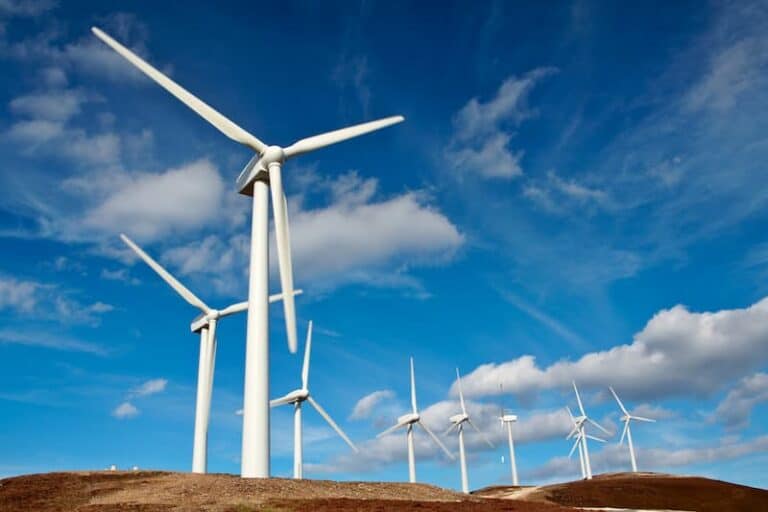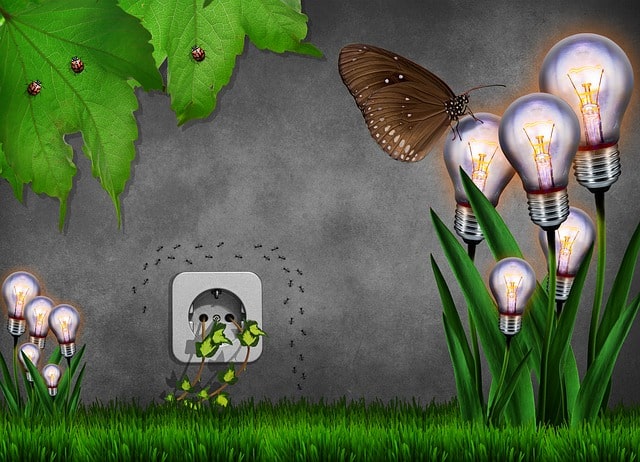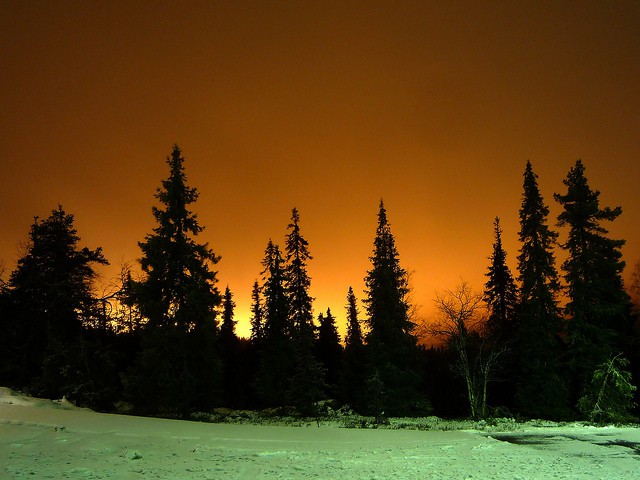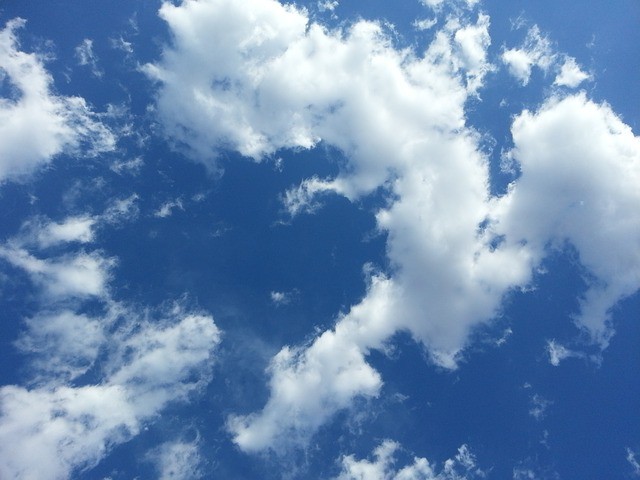Advantages and Disadvantages of Hydroelectric Energy

Hydroelectric energy is a renewable form of energy produced by the moving water. It comes from the Greek word” hydro” which means water. During the ancient times, water had been used to turn the turbines for grinding flours and bread. Many years passed, the water mills had become a common way in producing hydroelectric energy. The first hydroelectric power plant was built in 1882 in the Appleton, Wisconsin, U.S.A. At present, hydropower is the largest energy used in supplying about 96 percent of other renewable energies in the United States. It is produced in the 150 countries including the Asia-pacific and China has the largest production of hydroelectric energy representing 16.9 percent of the household electricity use.
Hydroelectric energy is operated by requiring a large artificial reservoir of water called the dam. The dam is built with tunnels where water can pass through. The flowing of water creates the energy to turn the turbines which turn the generators, converting energy into electrical energy. However, in generating the energy, the flow of water needs to be controlled. A huge requirement of electricity requires a large amount of water to flow in the turbines otherwise, the turbines are closed and the water flow is slowed down. This system is called the intake system.
In many countries where there are fast-flowing rivers and falls, the creation of dams or reservoirs may not be necessary, The Columbian river, for example, has been providing a great amount of hydroelectric energy in the country. Similarly, the hydroelectric energy from the Niagara Falls also generates a massive amount of energy to New York State and Canada. Since the rush of water cannot be shut off, engineers are finding ways to limit the amount of water that falls on the turbines that generate the hydroelectric power plant.
Advantages of Hydroelectric Energy
-
A Renewable form of Energy
Hydroelectric power is run by water that is recycled back to the earth through the process of the water cycle. Though it is evident that water is gradually depleting to some other place due to environmental and weather conditions, countries with an enormous source of water make the hydropower a reliable source of energy. The China, for instance, has its highest source of energy through the hydroelectric power plant.
-
Clean and safe energy
Unlike the use of fossil fuel, biomass, and nuclear as a source of energy, hydroelectric energy does not have waste products. No emission and radiation are harmful to the environment and people, making it a clean and a green source.
-
A Reliable source of energy
Hydroelectric power is a reliable source of energy. In fact, it has been the greatest source of energy to many countries such as China, India, Columbia, United States, and Canada. Hydroelectric energy has a little instability with regards to the supply of electricity as long as there is water available on earth. Moreover, the construction of dams is long-lasting, therefore, there will be a reliable source of hydroelectric energy.
-
Flexible energy
The use of hydroelectric energy can be controlled according to the requirements of energy. If the energy required is less, the flow of water from the dam is also reduced, otherwise, it will be maximized by uncovering the water tunnels when the required energy is huge. The adjustment, therefore, is necessary in order to save more energy for the future use.
-
Low Operating Cost.
The hydroelectric energy requires a low cost of maintenance and operation. Since hydroelectric power has few parts, replacement may be in less necessary. Moreover, the dams are for long term use, therefore, the supply of energy is also for long time durations, and a long term for the saving.
Disadvantages of Hydroelectric Energy
-
Environmental intervention
The creation of big reservoirs of water or dams intervenes not only in reshaping and changing the condition of the bodies of water but also to the condition of the fish species. The fish in the river can be affected by the draining of the water from the dam as well as the fish that is in the dam. It should be noted that fish habitat depends on the physical and biological components such as the water current, the water level, and its access to food. Creating dams would, therefore, affects the fish habitats.
-
Destroying wetlands/lands
The water that flows from the dam creates a flood on the rivers or in the wetland bodies affecting the organisms living on it. Animals such as birds, cranes, and other aquatic birds mostly thrive in marshy habitats. Aside from that, some plant species grow in the wetlands. However, because of the Hydroelectric operation, these habitats are destroyed as well as the organisms in it. The addition of water somehow increases the water temperature; thus, many organisms will have to adapt to the new environment, otherwise, organisms will die.
However, not only that hydroelectric energy affects wetlands but the residences who live near the dam will also be displaced. Many residences will be forced to relocate and find another new way of living. In China, more than one million people were relocated when the Three Gorges Dam was created.
-
Expensive construction
Creating hydroelectric power plants and dams need a sufficient budget in order to create a high standard hydroelectric power. Though hydroelectric energy produces a cheap cost, the construction of one dam costs approximately $20 billion and takes 18 years to finish. The Three Gorges Dam in the Yangtze River, China is considered to be the most expensive hydroelectric power plant ever built with an estimated cost of $28 billion.
-
Dependency
The hydroelectric power is dependent on the availability of water. However, when drought comes, the amount of water supply will be limited. When water flow is delayed, high prices of electric consumption will be the common effect. Hydroelectric power is therefore not truly a reliable source of energy.
-
Transformation of the upstream
The construction of dams results in the transformation of the upstream from free-flowing system to a slack-water reservoir. This leads to the temperature to change as well as the physical and chemical characteristics of the river or water bodies, making it not suitable for the plants and aquatic animals that belong in the river. Moreover, dams welcome the invasive species that destabilized the life of the plants and animals.
-
Decreasing effectiveness
The reservoirs’ bed is deposited with silts, sediments, and even mud. When the water is stilled, more sediments are deposited at the bottom and continue to accumulate affecting the ability of the dam to hold water. Aside from that, the accumulation of many silts and deposits prevent or slows down the flow of water to the mouth of the dam. The reducing flow, however, affects the generation of hydroelectric energy. The sedimentation in dams is technically the most serious problem occurring in the industry.
-
Hydroelectric power failures
A sub-standard construction of dams, geological instability, and the extreme influx of water are just among of the many causes of dams’ failures. Up to date, about 92 dam failures have already been recorded that led to the death and flooding. In addition, hydroelectric failures also occur due to the damage from hydropower stations. From 1943 to 2014, 14 hydroelectric power stations were recorded. These catastrophic failures did not only affect the supply of energy but also affecting greatly the lives of the plants, animals, and humans.






